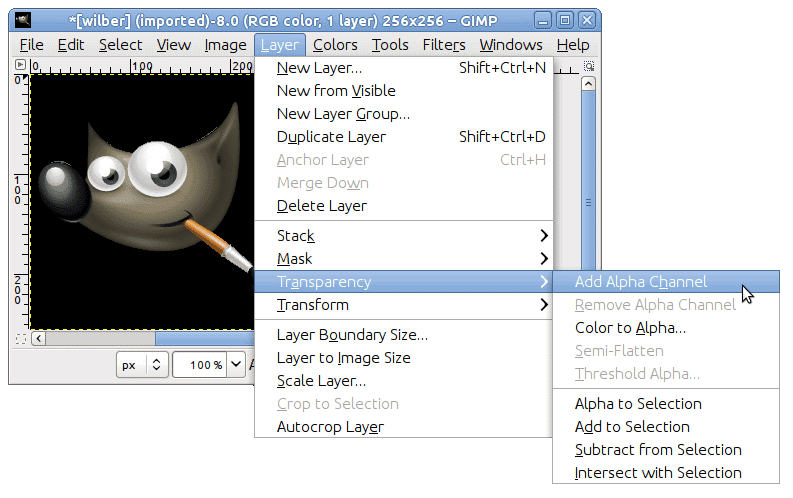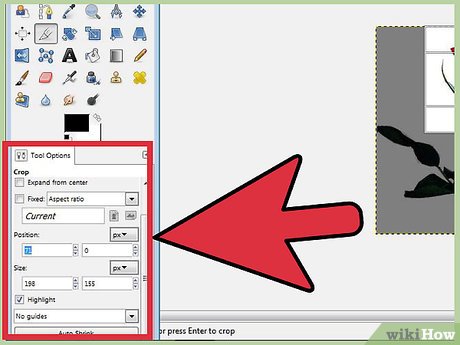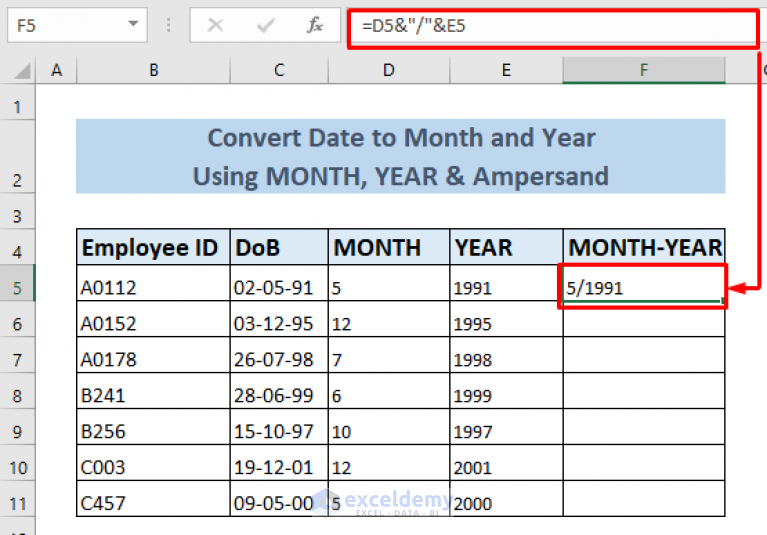Mastering Gimp: 3 Simple Steps

The GIMP (GNU Image Manipulation Program) is a powerful and versatile open-source image editing software that has been a go-to tool for designers, photographers, and digital artists for decades. With its extensive features and capabilities, GIMP offers a robust alternative to industry-leading software like Adobe Photoshop. However, for newcomers, the sheer number of tools and options can be overwhelming. In this article, we'll guide you through the process of mastering GIMP, breaking it down into three simple steps to help you unlock its full potential.
Step 1: Understanding the Interface and Basic Tools

The first step to becoming a GIMP pro is to familiarize yourself with the software’s interface and basic tools. While GIMP may have a steeper learning curve compared to other image editors, its interface is well-organized and intuitive once you get the hang of it.
Upon launching GIMP, you'll notice the main window divided into several sections. The toolbox on the left provides quick access to essential tools such as the selection tools, painting tools, transform tools, and more. The layers, channels, and paths panels are located on the right, allowing you to manage and manipulate your image's components efficiently.
Let's take a closer look at some of the fundamental tools you'll be using regularly:
- Move Tool (M): Allows you to move and rearrange objects within your image. A must-have for precise positioning.
- Selection Tools (Rectangle, Ellipse, Freehand): Essential for selecting specific areas of your image for editing, copying, or deleting.
- Paintbrush (B): The go-to tool for adding artistic touches and painting effects. You can adjust brush size, shape, and opacity for different effects.
- Eraser (E): Removes parts of an image or deletes specific layers. A handy tool for undoing mistakes or creating unique effects.
- Text Tool (T): Allows you to add text to your images, perfect for designing graphics, posters, or adding captions.
By spending some time exploring these tools and experimenting with their capabilities, you'll quickly become comfortable with GIMP's interface and be ready to move on to more advanced techniques.
Step 2: Learning Advanced Techniques and Features

Once you’ve grasped the basics, it’s time to dive into GIMP’s advanced features and techniques. This step is crucial for taking your image editing skills to the next level and unlocking the true power of the software.
Layers and Layer Masks
Understanding layers is fundamental to mastering GIMP. Layers allow you to work on different elements of your image separately, providing flexibility and the ability to make non-destructive edits. You can adjust the opacity, blend modes, and visibility of each layer independently.
Layer masks are an essential companion to layers. By creating a layer mask, you gain precise control over which parts of a layer are visible. This technique is invaluable for complex image compositions, allowing you to reveal or hide specific areas without permanently altering the layer.
Adjustment Layers and Curves
GIMP offers a wide range of adjustment tools to enhance your images. Adjustment layers, in particular, are a powerful feature that allows you to make non-destructive adjustments to your image’s lighting, color, and contrast. You can easily tweak these adjustments without affecting the original image data.
The Curves tool is a versatile adjustment option, offering fine-grained control over an image's tonal range. By adjusting the curve's shape, you can enhance shadows, mid-tones, and highlights, achieving the perfect balance of light and dark in your images.
Filters and Effects
GIMP provides an extensive collection of filters and effects to add creativity and flair to your images. From blurs and distortions to artistic styles and lighting effects, the possibilities are endless. Experiment with these filters to discover unique ways to enhance your visuals.
Step 3: Practice and Project-Based Learning
The final step to mastering GIMP is to put your skills into practice through real-world projects. By working on actual design tasks, you’ll gain hands-on experience and develop a deeper understanding of the software’s capabilities.
Start with Simple Projects
Begin with straightforward projects like editing product photos, creating social media graphics, or designing a simple logo. These tasks will help you apply your newly acquired skills and build confidence.
Explore Online Tutorials and Communities
The GIMP community is vast and supportive, with numerous online resources available. Explore tutorial websites, YouTube channels, and forums dedicated to GIMP to find inspiration and learn from experienced users. Engaging with the community will help you stay motivated and learn advanced techniques more efficiently.
Challenge Yourself with Complex Projects
As you become more comfortable with GIMP, challenge yourself with more complex projects. Attempt photo manipulations, create digital paintings, or design intricate graphics. These ambitious projects will push your skills to the limit and help you discover new techniques and workflows.
Remember, mastering any software takes time and practice. Stay patient, explore the vast capabilities of GIMP, and don't be afraid to experiment. With dedication and perseverance, you'll soon be creating stunning visuals and becoming a GIMP expert.
Can I use GIMP for professional-level work?
+Absolutely! GIMP is a powerful and versatile software capable of handling professional-grade image editing tasks. Many designers and photographers use GIMP as their primary tool, and its advanced features and capabilities rival those of industry-leading software.
Is GIMP suitable for beginners?
+While GIMP may have a steeper learning curve compared to simpler image editors, it is suitable for beginners who are willing to invest time in learning its interface and tools. With patience and practice, anyone can master GIMP and create impressive visuals.
Are there any limitations to GIMP’s capabilities?
+Although GIMP is a feature-rich software, it may lack some of the advanced features found in commercial alternatives like Adobe Photoshop. However, for most image editing tasks, GIMP offers more than enough capabilities to produce high-quality results.



